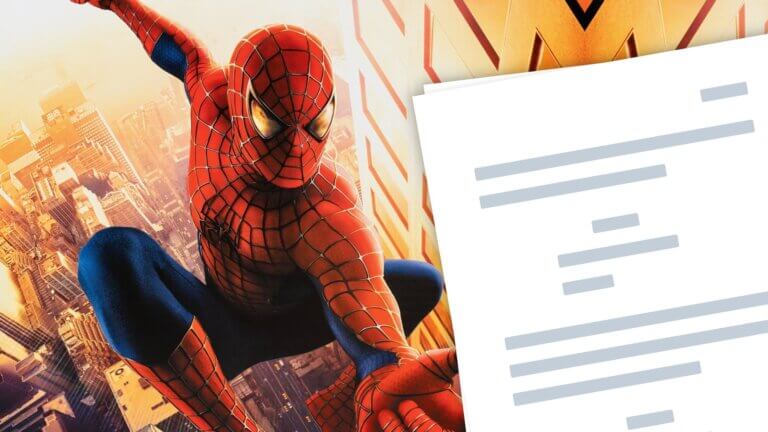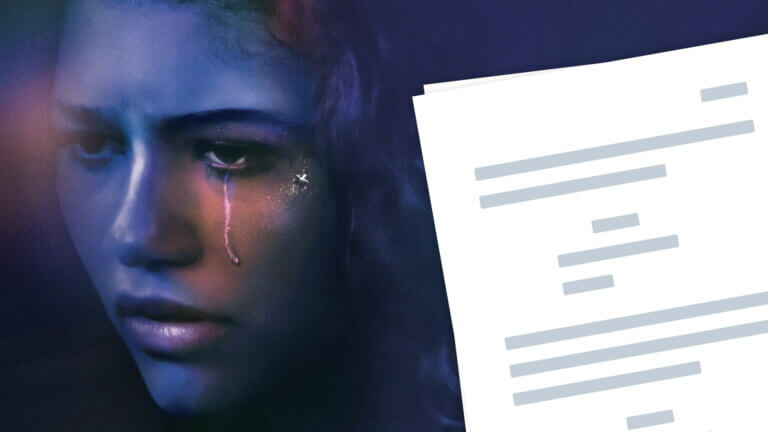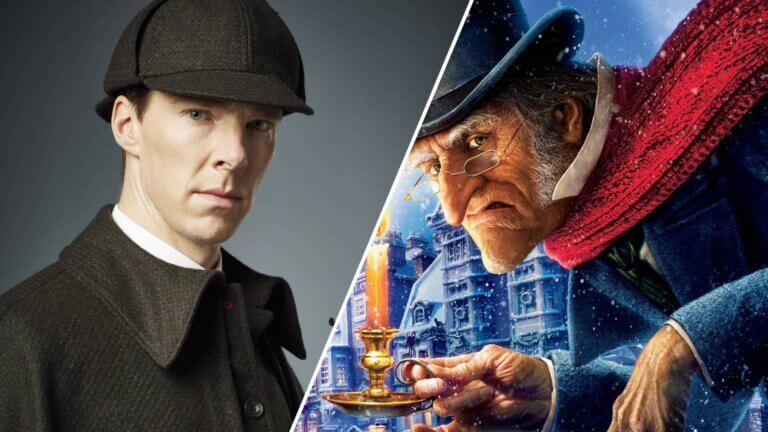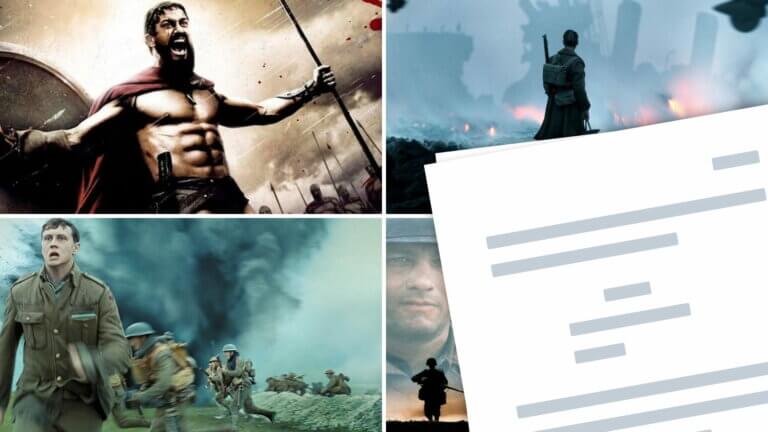Dialogue, or a conversation between two or more people, is something that dominates just about every work of fiction. So, why is dialogue so hard to write? We’re going to explore the nature of dialogue by breaking down a series of dialogue examples, from literature to games. Hopefully, by the end, you’ll know how a breadth of mediums tackle the indomitable task of writing dialogue. Continue reading Dialogue Examples — Film, TV, Theatre, Fiction & Video Games
When it comes to master story-telling on TV, Breaking Bad is a top contender. Every single detail of not just the pilot but the series is meticulously chosen and placed to weave a near-immaculate show. The pilot — as any strong pilot should — sets up every piece we need and subsequently sets it in motion. How does the Breaking Bad pilot writer achieve this? Keep reading to learn more about one of the most iconic TV show pilots of all time. Continue reading Breaking Bad Pilot Script PDF Download — Script Analysis
It’s probably not hard to believe that Home Alone is one of the highest grossing comedies of all time. Decades after its release, it’s still a Christmas classic (and hotly contested top holiday watch). So this begs the question: when so many films lose their appeal after advances in technology and story-telling in general, how is it that Home Alone still holds up? Most if not all amazing films start with a brilliant script, and the Home Alone screenplay is no exception. Let’s delve into how this hero’s journey has stood the test of time. Continue reading Home Alone Script PDF…
Readers and audiences are generally familiar with terms like protagonist or antagonist, along with a number of other commonly used literary terminology. But the tritagonist, while they’ve likely “met” tritagonists a number of times, is a term they may not be quite familiar with yet. So, what is a tritagonist and how does one affect a story, book, or film? Keep reading to learn more about familiar tritagonists, their dramatic functions, and how you might include one in your next script. Continue reading What is a Tritagonist — Definition, Examples & Why They’re Used
Most screenwriters write with one singular goal in mind: selling the screenplay they’ve been toiling away on for months (if not years). But what newer writers may not know is that there’s often a step before the official sale. This is called “optioning” and can be seen as a right step on the path to seeing your work on the big screen. So, what does it mean to option a script? In this article, we’re going to go over the definition and a brief overview of what “optioning” means in today’s market. Let’s get started. Continue reading What Does It…
Intertextuality is an incredibly important concept for writers to understand – but what is intertextuality? We’re going to break down everything there is to know about intertextuality by looking at examples from film, television, literature, and games. By the end, you’ll know how to recognize intertextuality, and institute it in your own works.Continue reading What is Intertextuality — Definition and Examples
Spider-Man is a monumental achievement in the superhero genre. The film kicked off one of the most successful franchises in cinema history, reinvigorated a beloved superhero long lost to the margins of culture, and celebrated a city recovering from a devastating tragedy. Spider-Man’s screenplay has become the platonic ideal for the hero's origin story: hitting all the right beats at all the right moments in all the right ways. Let’s take a look at how the screenplay clicks. Continue reading Spider-Man Script PDF Download — Plot, Dialogue & Ending
You’ll be hard-pressed to find current shows as show-stopping and gripping as Euphoria. The performances are gut-wrenching, the cinematography is groundbreaking, and the story drives it all. Since its inception, Euphoria stood out from all the rest. How so? Read our breakdown of the Euphoria pilot script below to learn how Euphoria pushes the bounds of television and earns its place on millions of screens. Continue reading Euphoria Script PDF Download — Pilot Breakdown & Analysis
Good storytelling uses a mix of character types to propel the movement of the plot. There are four basic character elements that you need to know in order to write compelling characters: round, flat, dynamic, and static. In this post we will look at what is a round vs. flat character, as well as the difference between dynamic and static characters, which are often confused with round vs. flat characters. If you’re looking for a round vs. dynamic character definition, you’ve come to the right place – because we’re going to untangle all of these character types! Continue reading Round vs.…
Welcome to StudioBinder's screenplay library, your gateway to the gripping and poignant world of free war movie scripts. Dive into the chaos, courage, and sacrifices of battle as we present a curated selection of the most compelling and immersive stories ever written. Experience the triumphs and tragedies, the camaraderie and conflicts, and the indomitable human spirit amidst the ravages of war. With feature-length screenplays and insightful breakdowns, this collection sheds light on the profound impact of war!Continue reading War Movie Scripts Online (with Free PDF Downloads)



















